Adapted from Paddling Magazine's 2025 Buyers Guide:
"Trying to find storage for a full-size touring or recreational kayak can be a real barrier to owning your own boat. Add to this the challenge of transporting these heavy, awkward-shaped recreational vessels. Enter the foldable kayak.
A fold up kayak provides paddlers with a packable paddling craft that can be stored in an oversized backpack, thrown in the trunk of a car or carried on a train. The practicality and versatility of foldable kayaks means these portable boats are a rising trend with modern kayakers, but they’re not a new idea. Some of the first kayaks mass-produced for consumers in the early 1900s were, believe it or not, folding kayaks."

Canadian Olympic paddler Haley Daniels and brother Hayden packing their TRAK kayaks for an overnight trip on Lake Minnewanka, Canada. | Image: Cody Shimizu/TRAK
Why reviewers love the TRAK 2.0
"It’s easy equate the concept of a foldable kayak with serving a utilitarian purpose to get on the water, and that someone would get a plastic or composite boat if their aim were performance. TRAK has disrupted this notion however with their 2.0 which sets out to be a generally good touring kayak that also happens to be one of the most portable in existence, and houses a unique ability to transform shape in order to meet the conditions.
The TRAK is constructed of 7000-series aircraft-grade aluminum poles and carbon fiber ribs for the frame, and a nylon-weave, military-grade polyurethane for the skin. It packs down into a travel bag that is a similar size of one for a standup paddleboard. But what is really cosmic is the 2.0’s ability to adjust its rocker (the curve of the hull from bow to stern) depending on whether you are covering distances of flatwater or handling rough conditions. TRAK accomplishes this with the use of interior hydraulics to lift or lower the bow and stern to change the hull’s curvature.
TRAK also offers numerous accessories devoted to the adventure seeking the kayak affords with spray skirts, float bags, and even a sea sock which inserts into the kayak to serve the purpose a sealed bulkhead would. Contributor Tim Shuff first tested the 2.0 when it came on the scene around six years ago, and the company has continued to make upgrades to its components every year since."


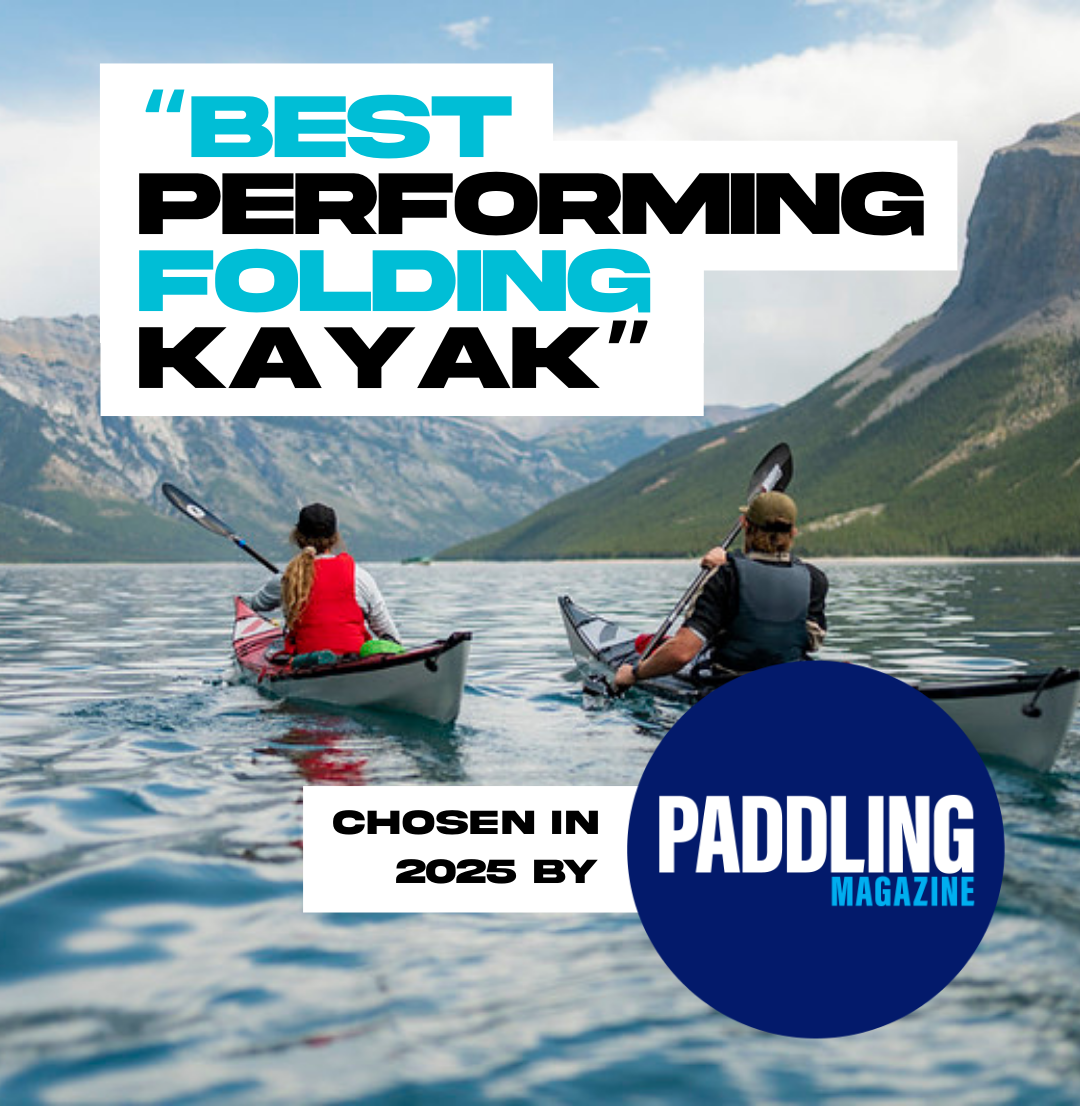




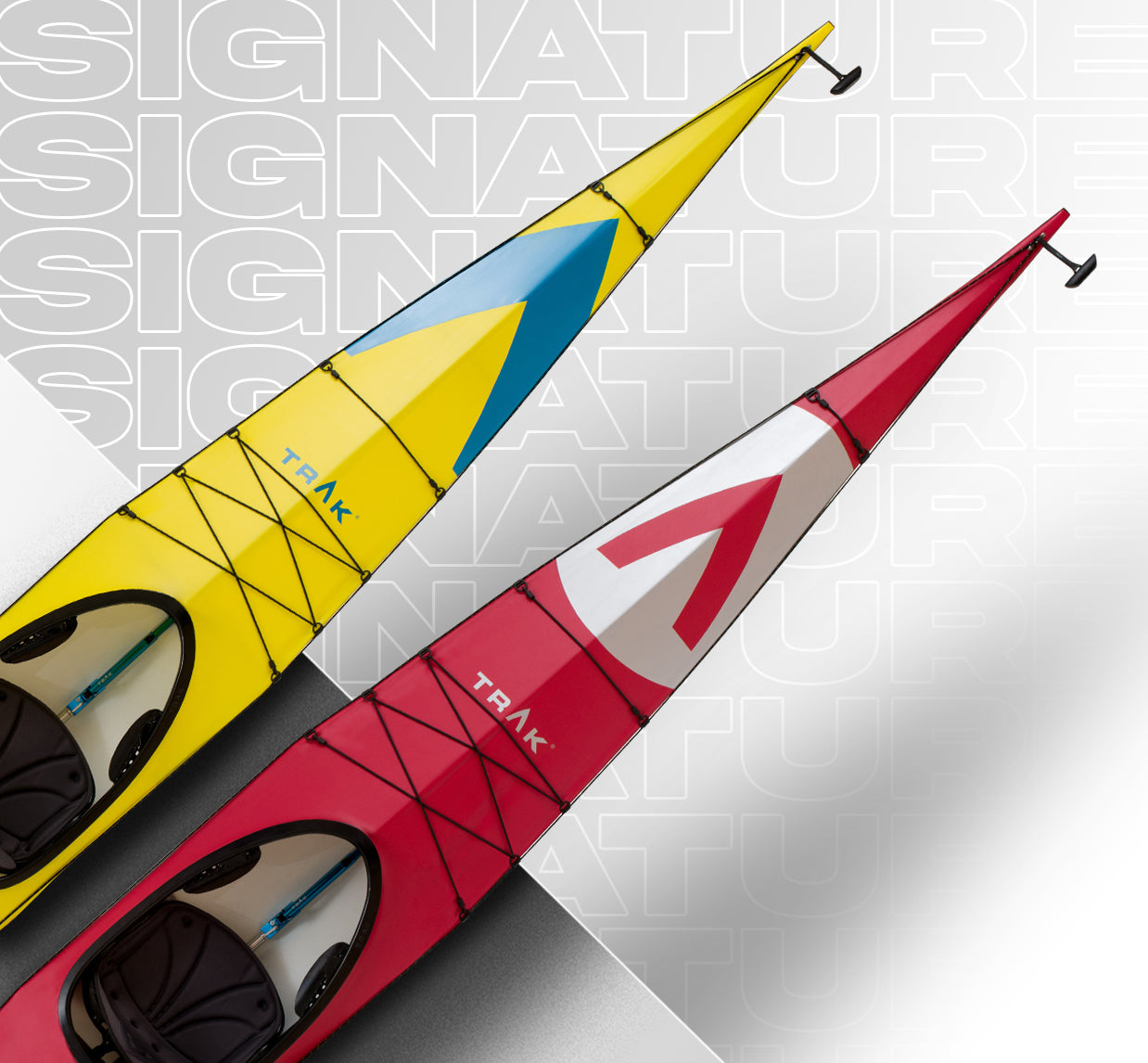
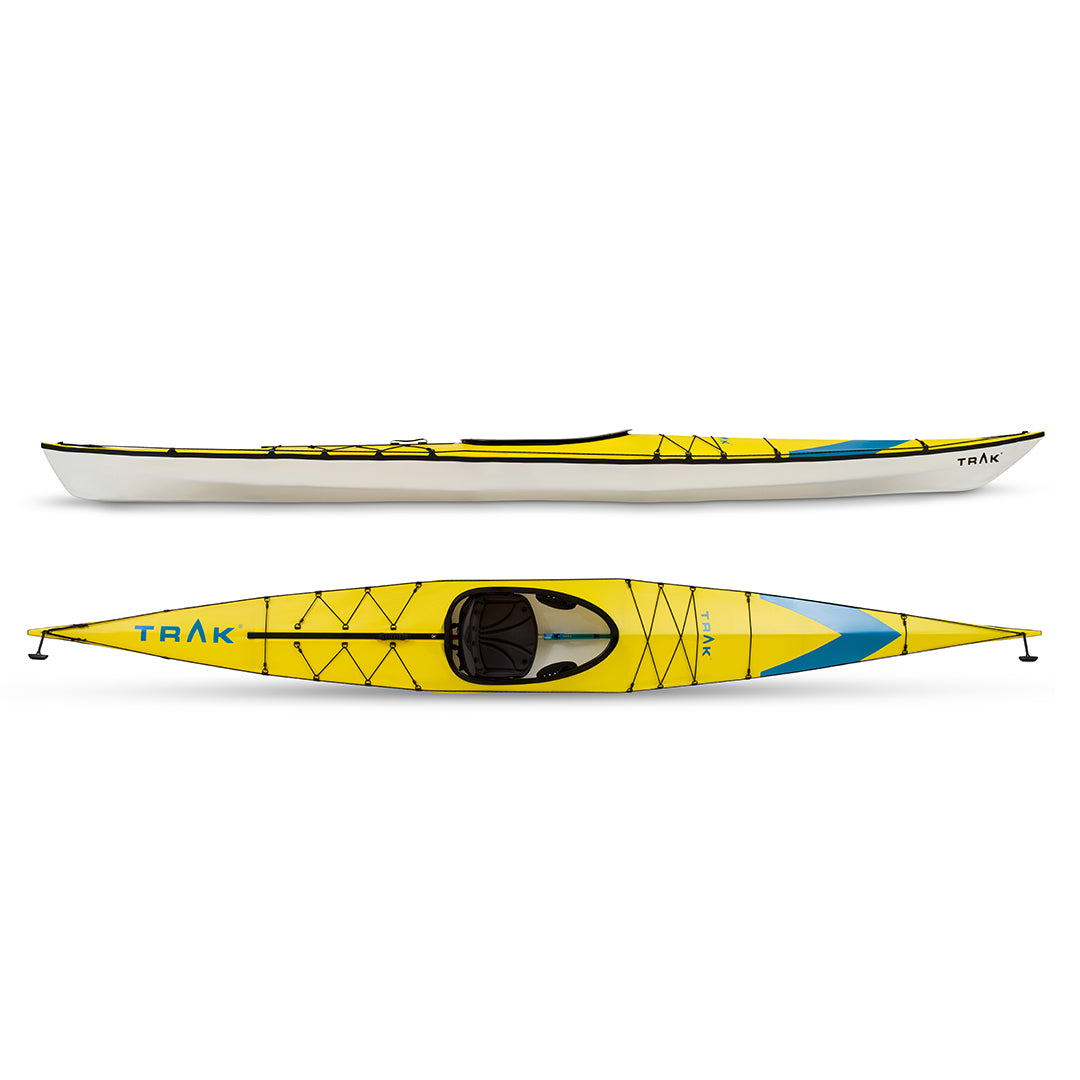
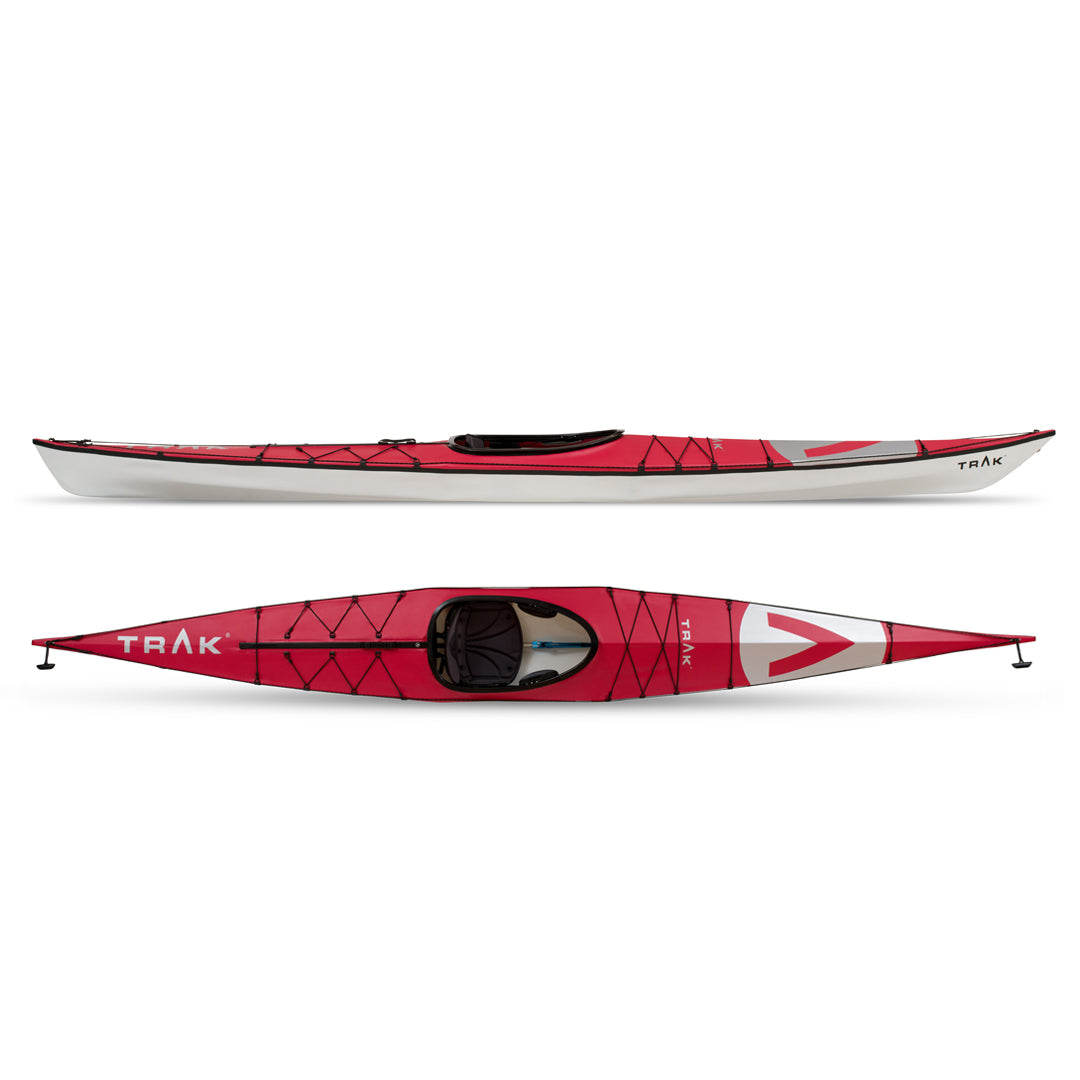
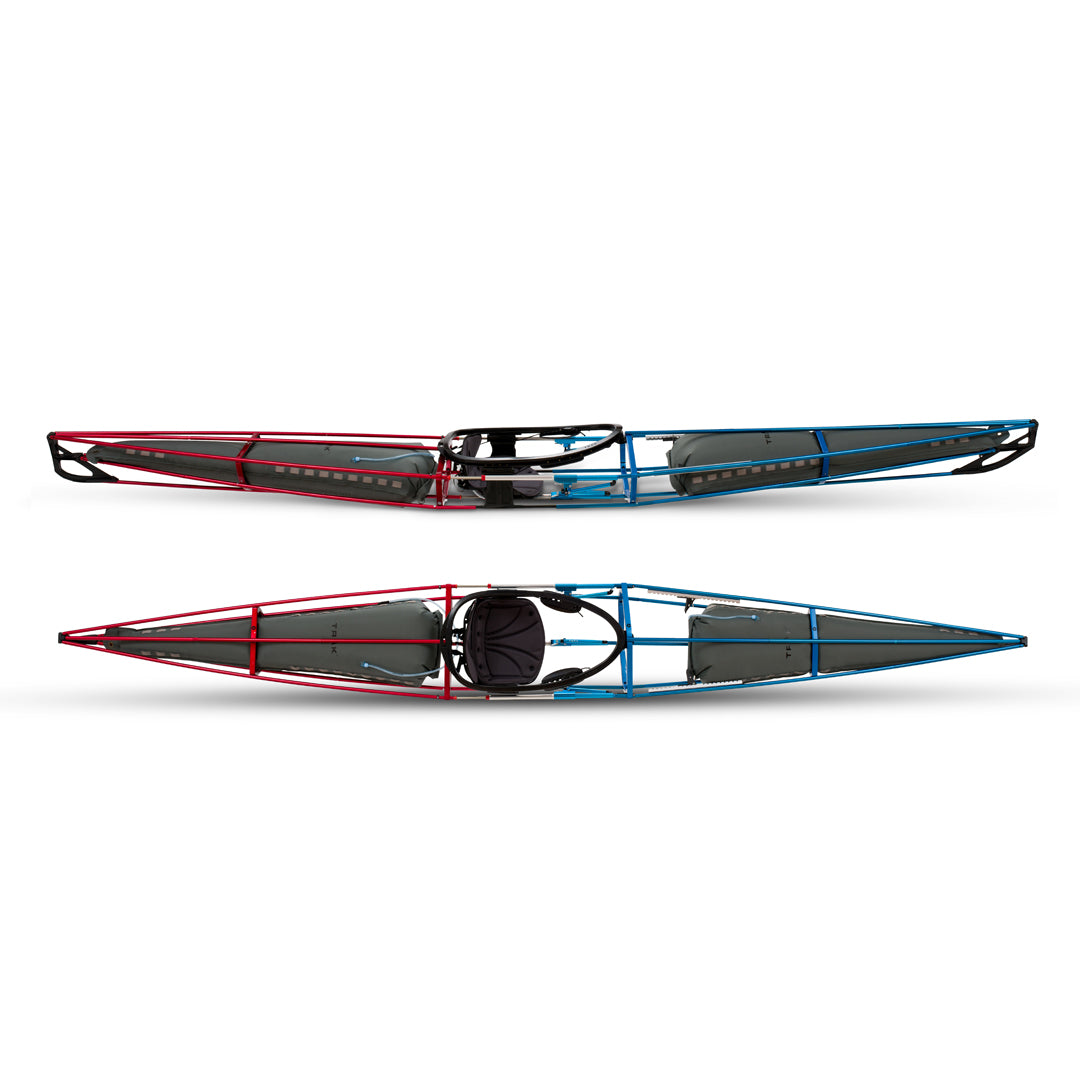
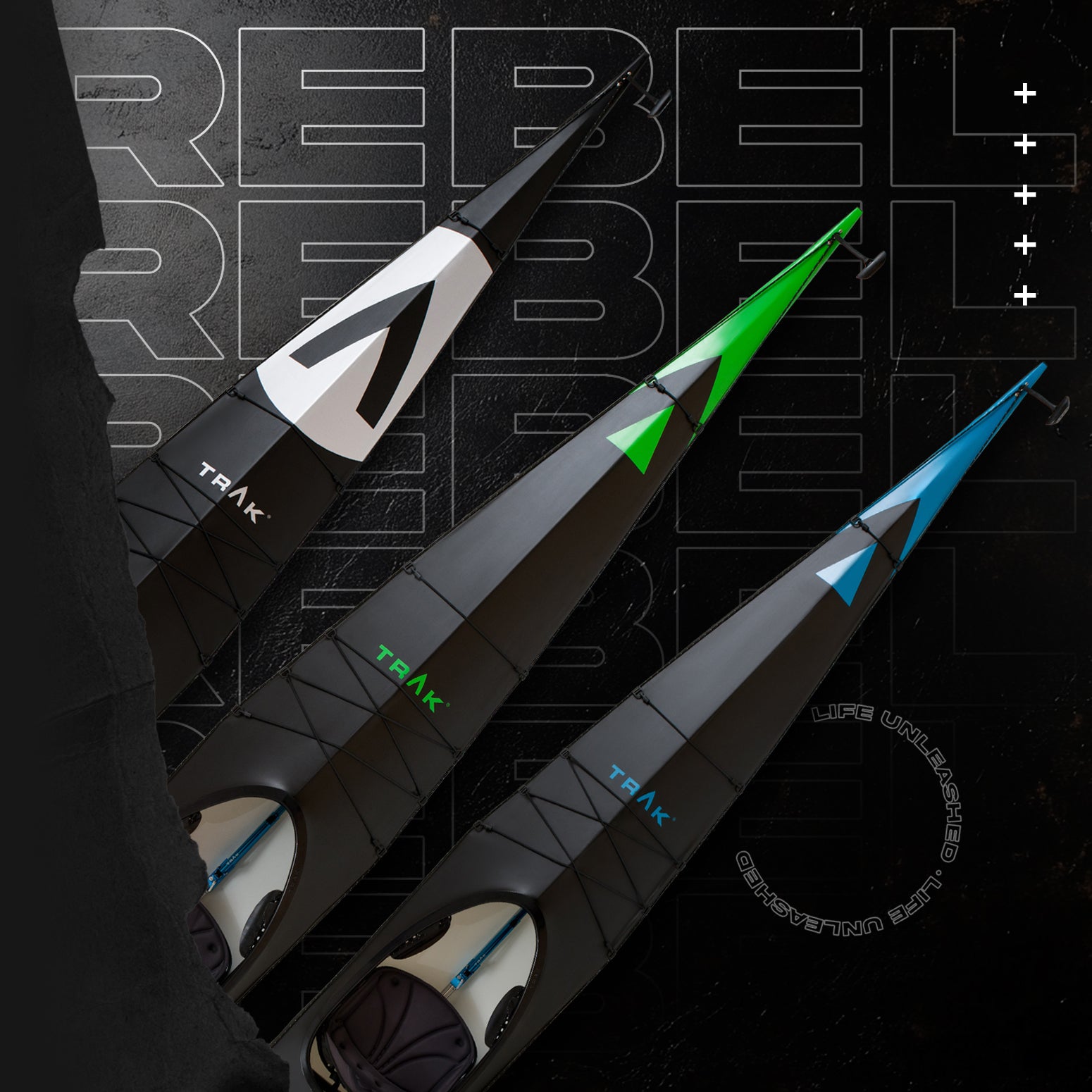
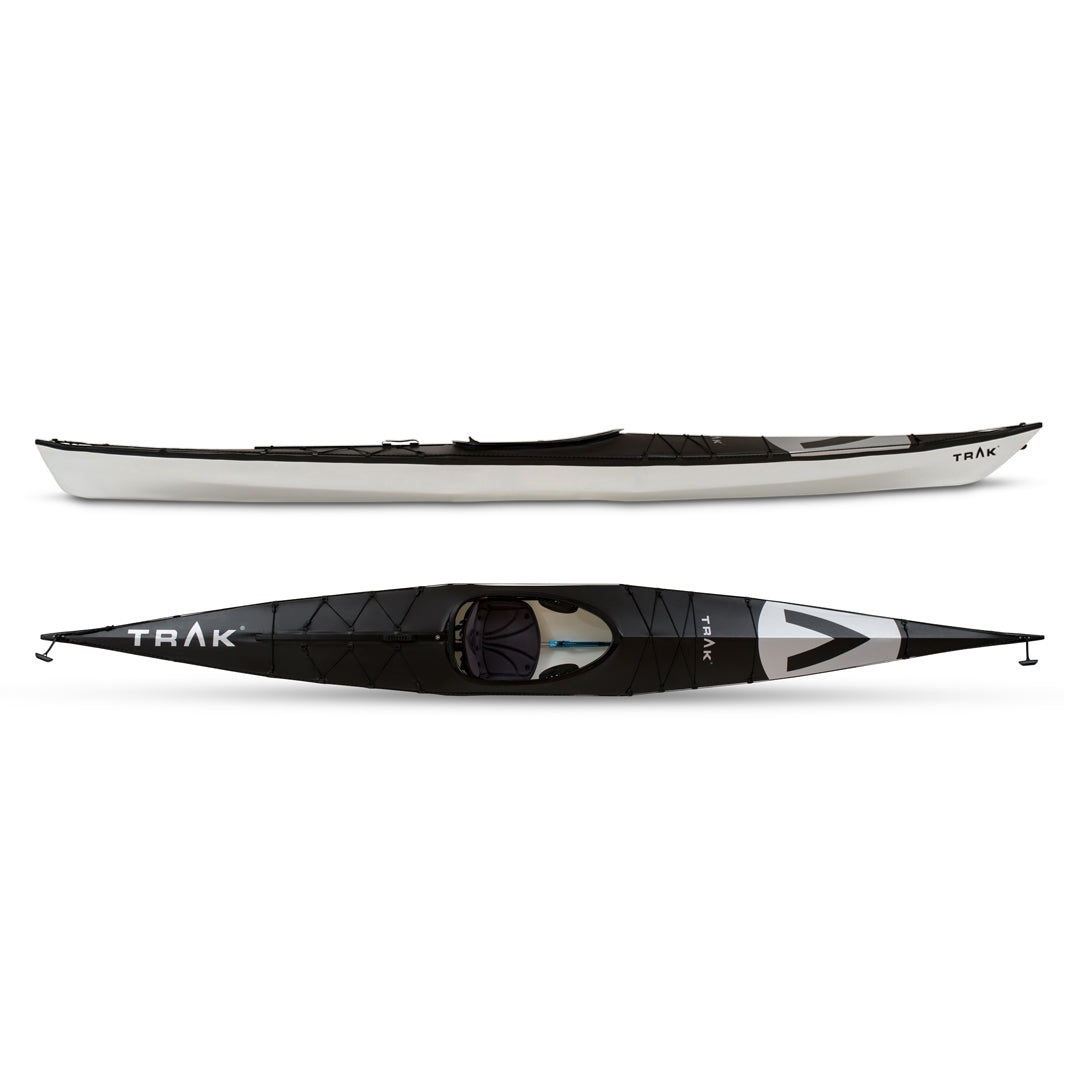
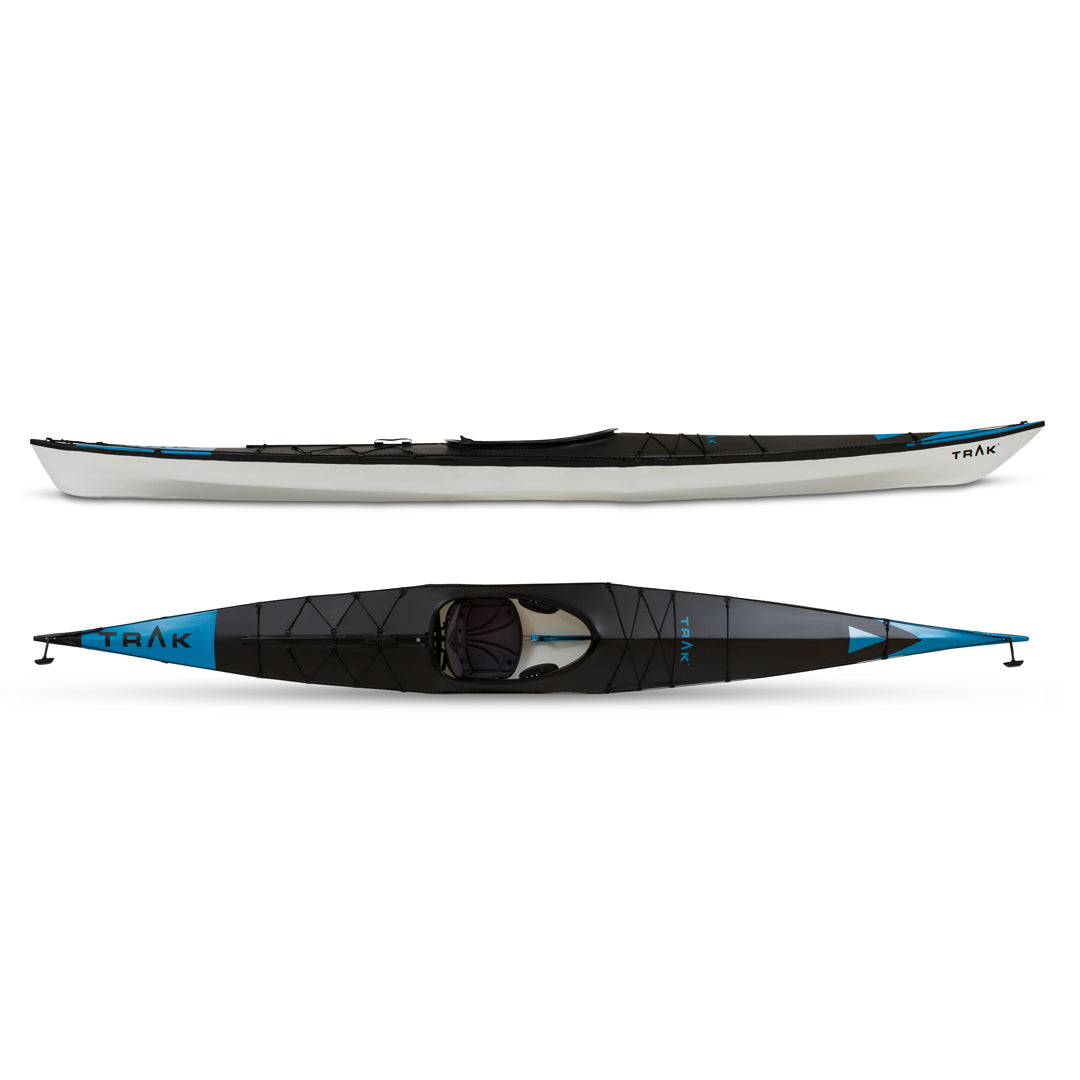
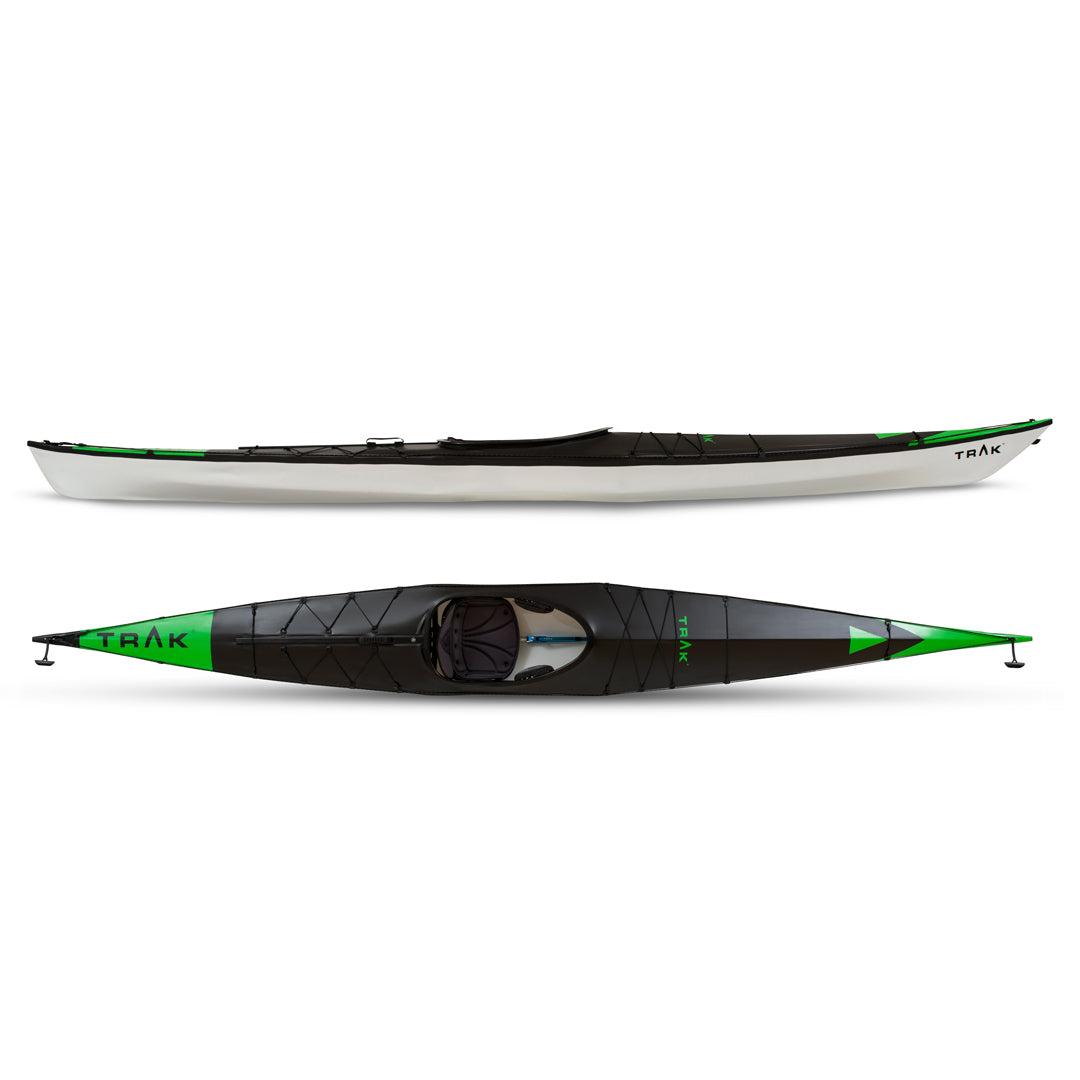
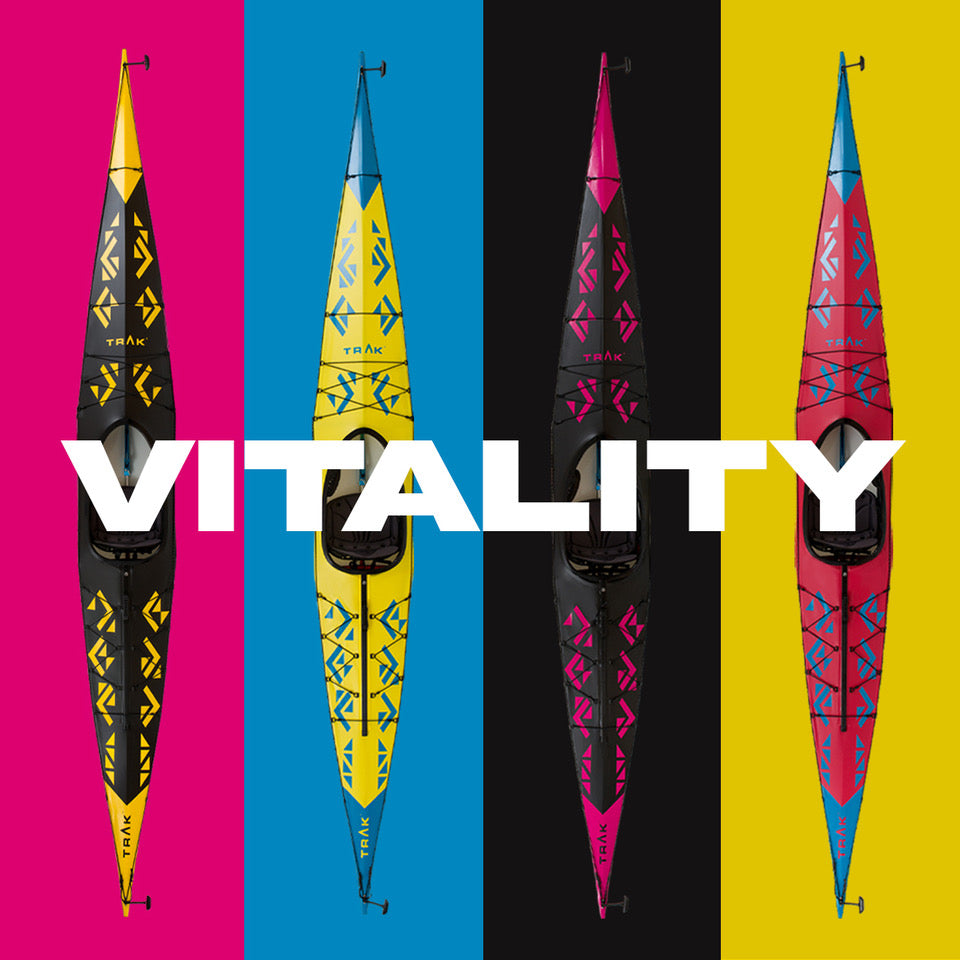
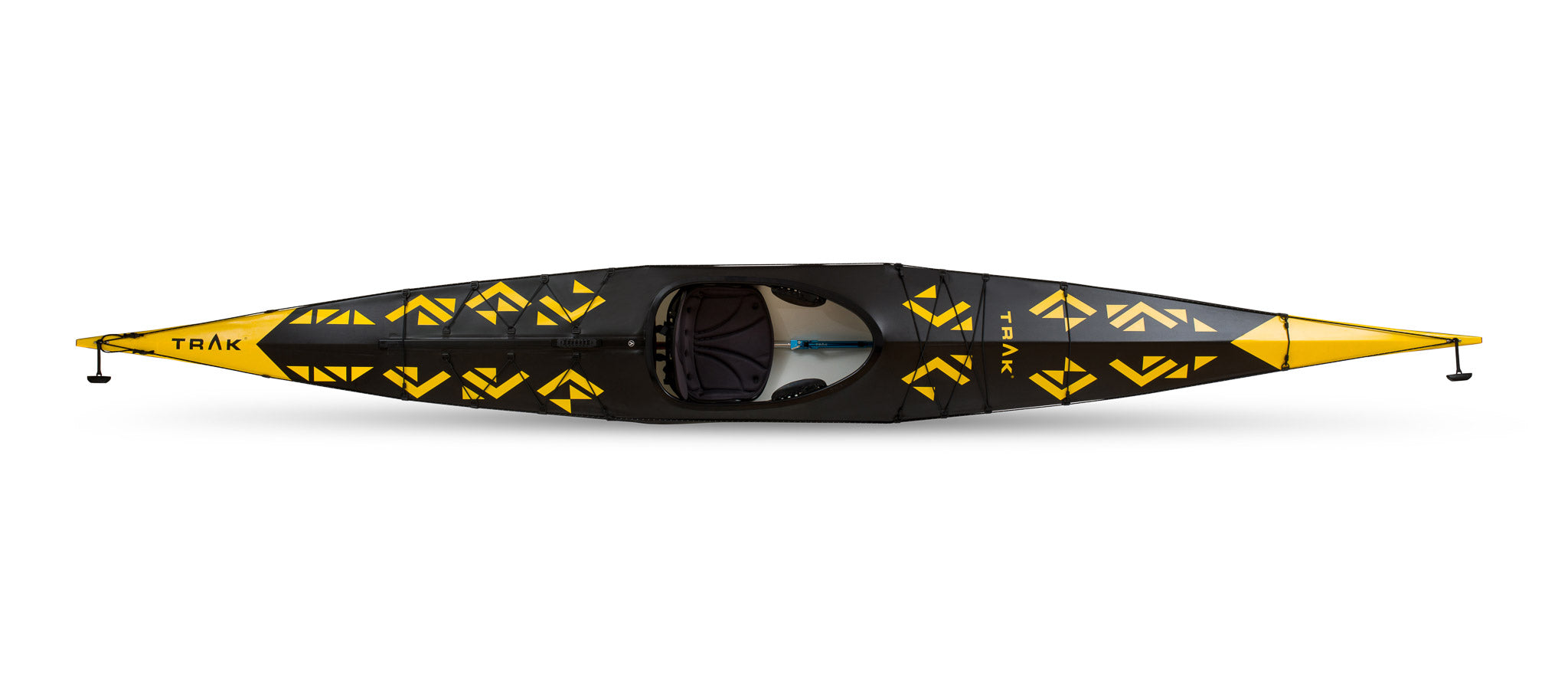

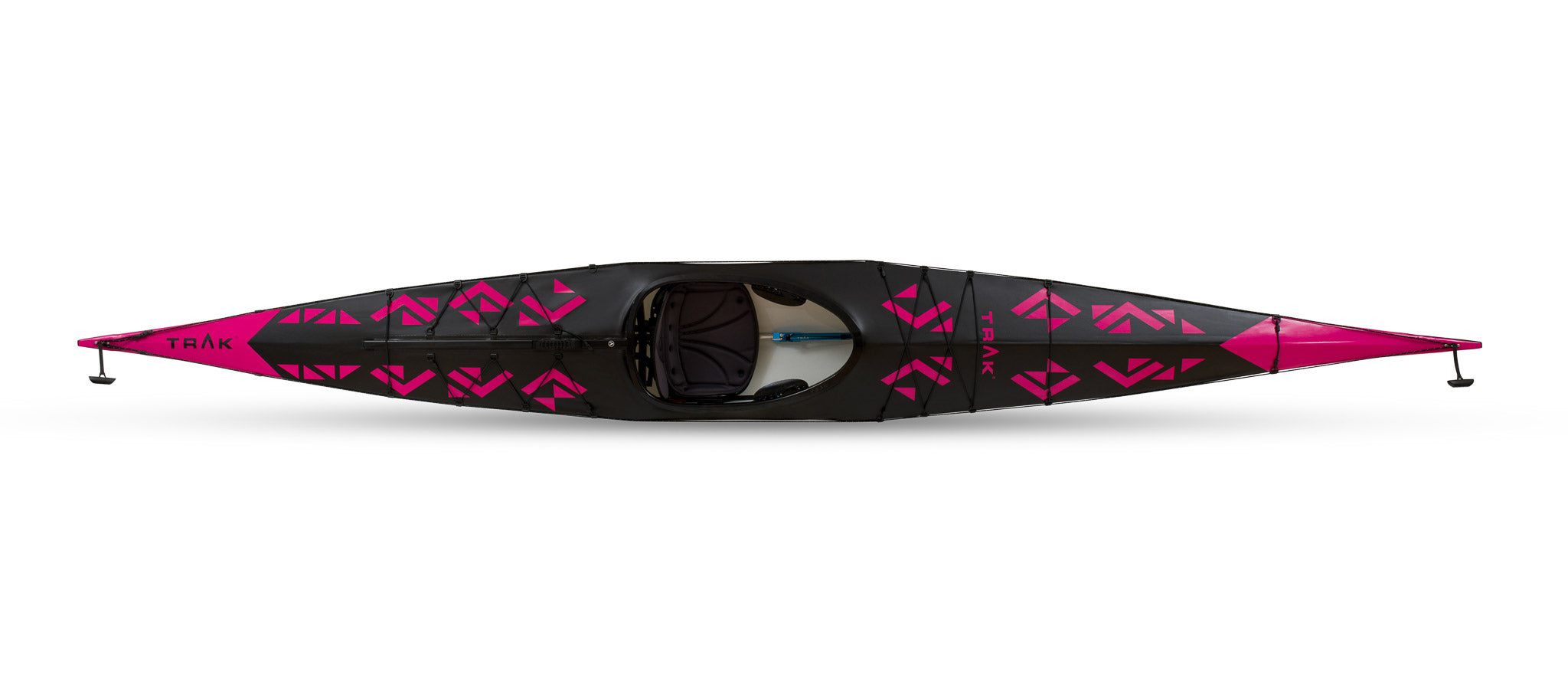
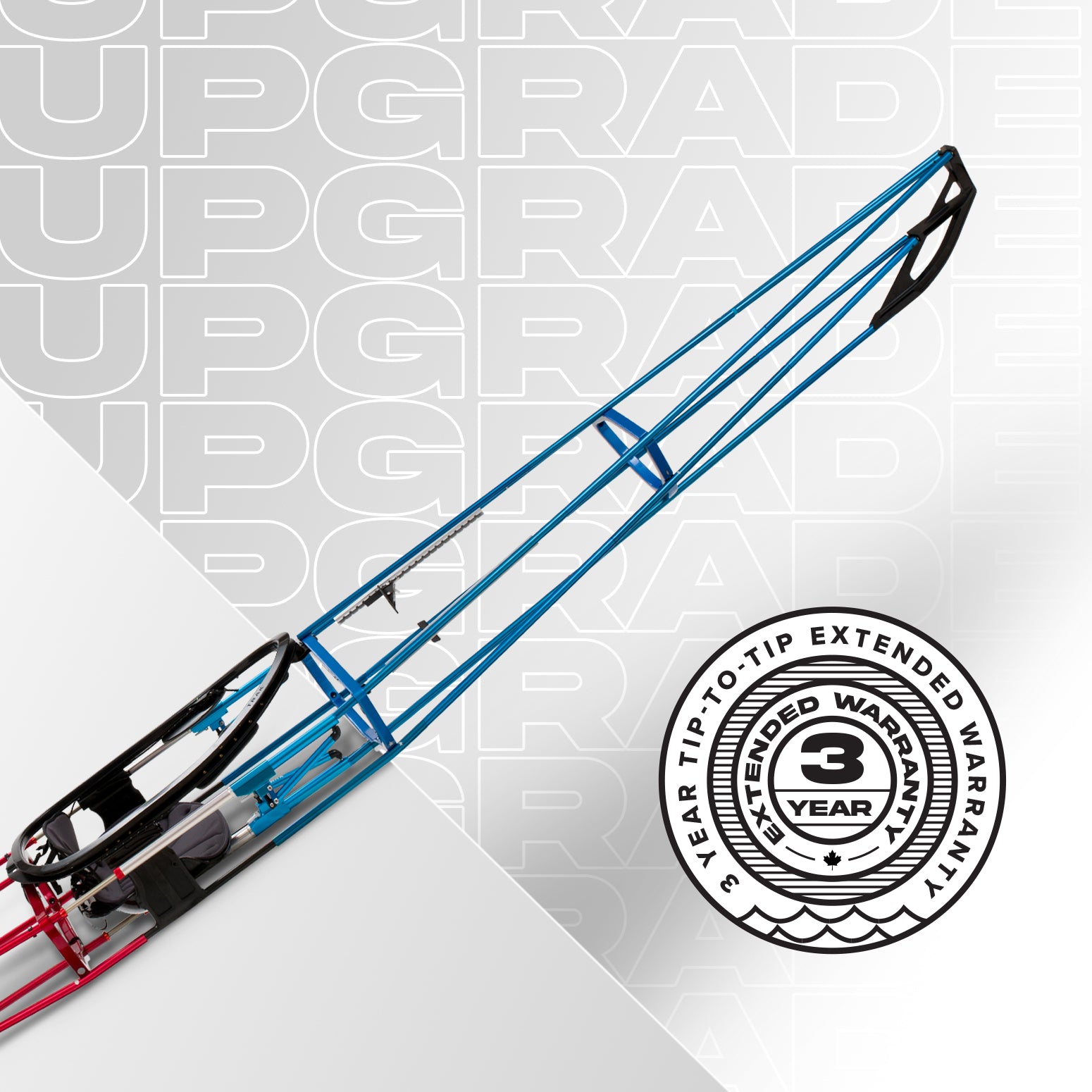
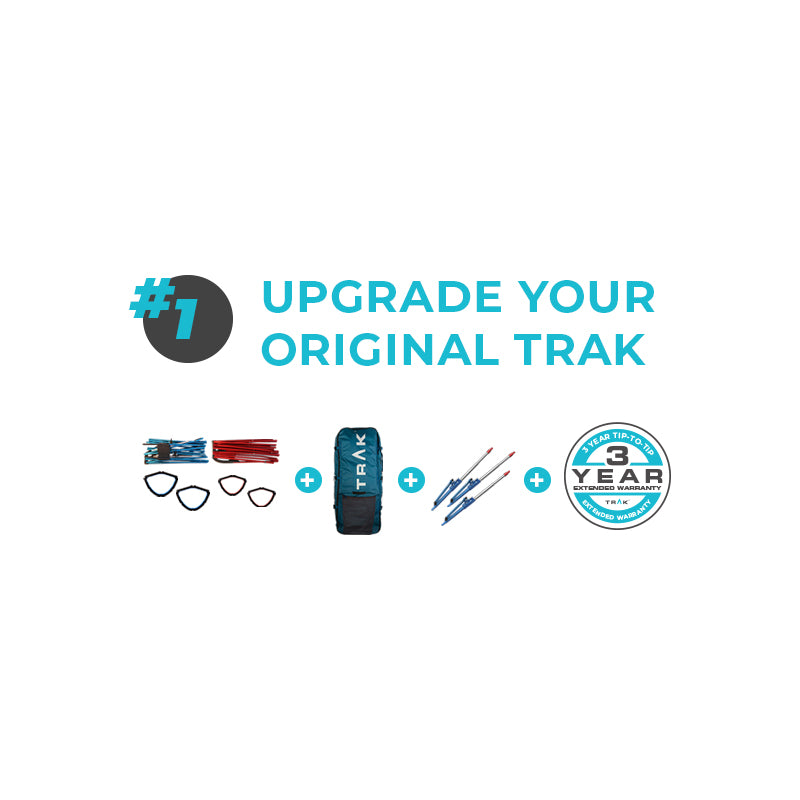
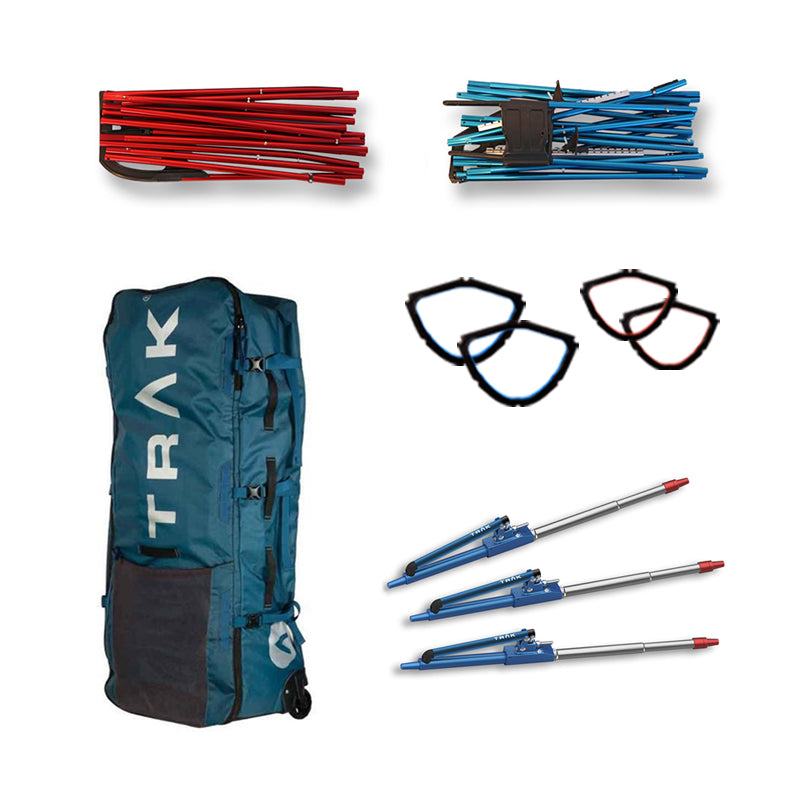
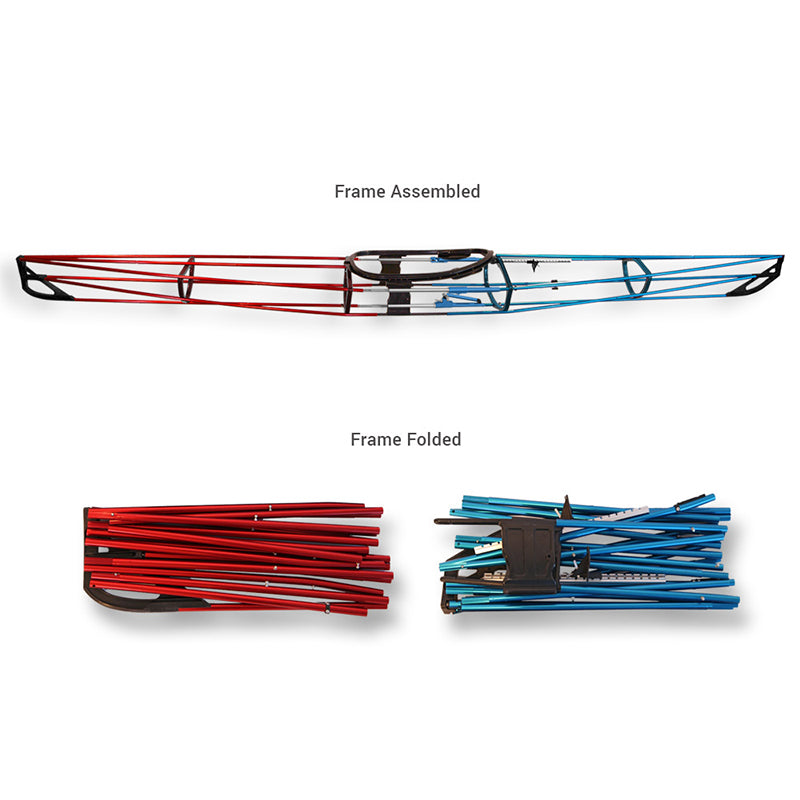

Share: